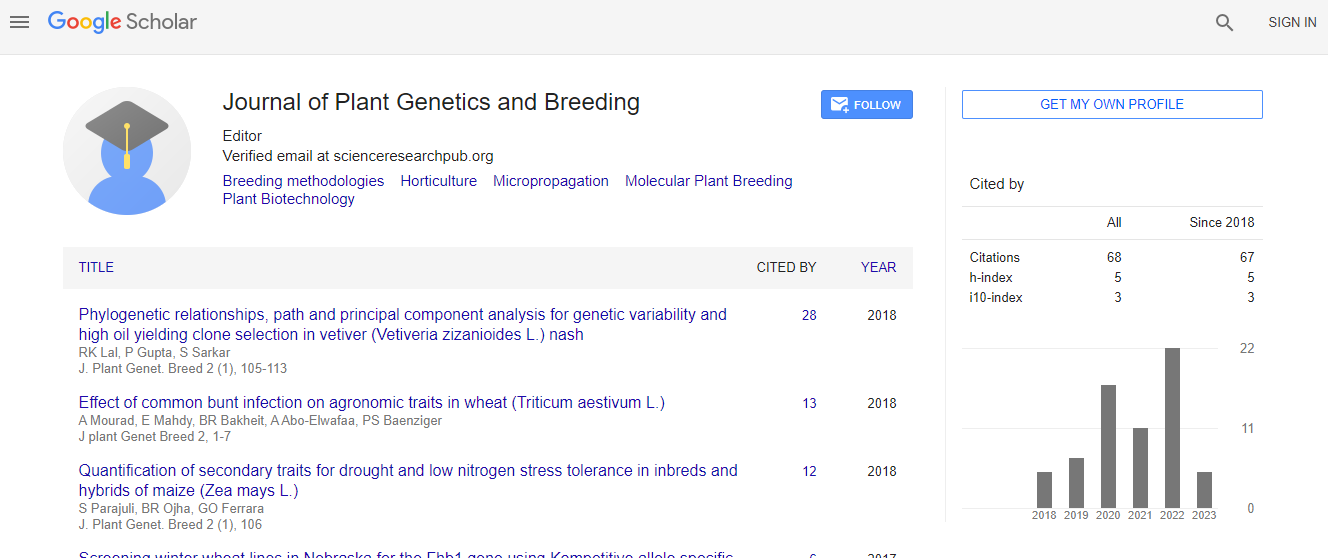Diversity level of genomic microsatellites in redbay (Perseaborbonia L.) generated by Illumina sequencing
Abstract
Redbay, Perseaborbonia (L.) Spreng., is a common evergreen
tree or shrub native to the swamp forests of the Atlantic and
Gulf Coastal Plains in the United States. In the past decade,
redbay populations have suffered extensive mortality caused by
the vascular disease Laurel wilt (Raffaelealauricola Eichhoff),
which has been spread by the exotic redbay ambrosia beetle
(Xyleborusglabratus Eichhoff). The disease is threatening the
economic, ecologic and aesthetic functions of redbay. Early
efforts to preserve genetic diversity of the threatened species,
through seed and vegetative propagule collections have occurred
without the benefit of guidance from a molecular characterization
of existing genetic variation. Molecular markers may prove useful
in guiding efficient conservation efforts for this species. Here
we surveyed 51 genomic microsatellite (gSSR) markers derived
from low-coverage whole genome sequencing of redbay with a
panel of 25 unrelated redbay trees from eastern South Carolina.
When analyzed in an ABI 3730 Genetic Analyzer, 24 markers
demonstrated highly informative scores with a polymorphic
information content of at least 0.50 and an estimated null allele
frequency ≤0.1. The mean observed and effective number of
alleles of these 24 sSSRs were 5.29 and 3.06, respectively. The
observed heterozygosity ranged from 0.17 to 1.00 with a mean
of 0.65, while the expected heterozygosity ranged from 0.16 to
0.90 with a mean of 0.62. Nei’s expected heterozygosity and
Shannon’s Information index were 0.60 and 1.17, respectively.
These results indicate high diversity level in the 24 redbay gSSR
markers. This is the first report of genetic variation of redbay DNA
markers. The gSSRs exhibiting high levels of polymorphism
can be applied in characterization of genetic composition and
diversity of seed collection and resistant genotypes in redbay
germplasm conservation and breeding programs.

 Spanish
Spanish  Chinese
Chinese  Russian
Russian  German
German  French
French  Japanese
Japanese  Portuguese
Portuguese  Hindi
Hindi 